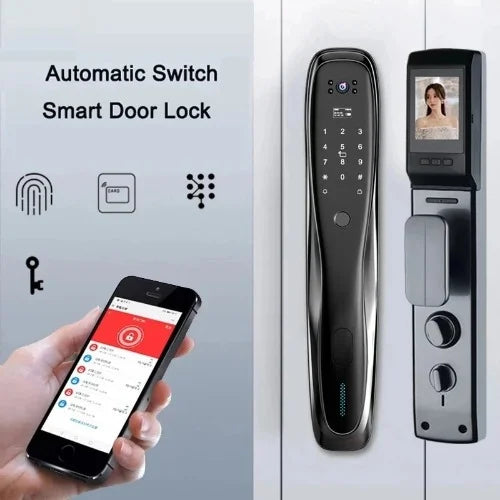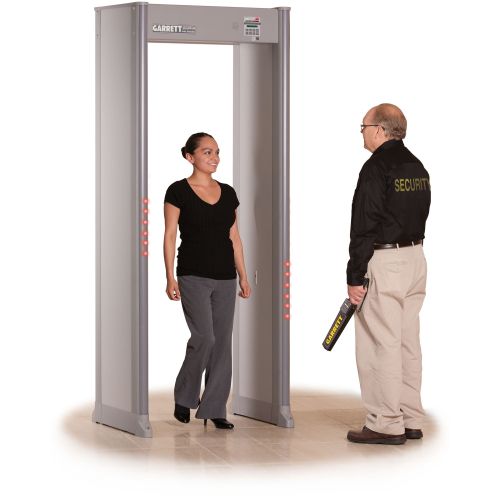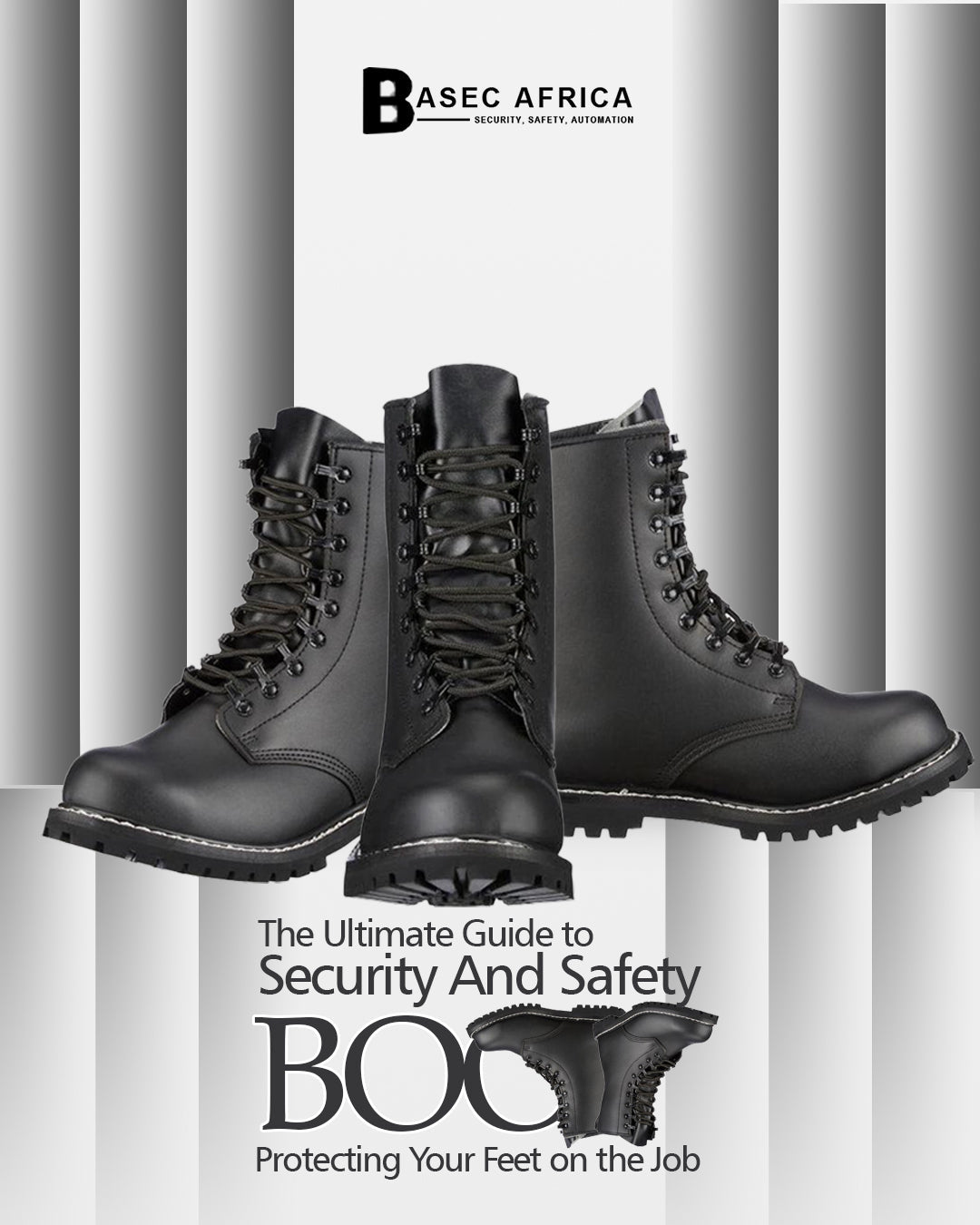As a worker in a hazardous industry, you understand the importance of wearing proper protective gear to prevent injuries. One of the most critical pieces of personal protective equipment (PPE) is safety boots. In this blog, we'll delve into the world of security and safety boots, exploring their features, benefits, and importance in various industries.
What are Safety Boots?
Safety boots, also known as safety shoes or work boots, are designed to protect your feet from hazards in the workplace. They are typically made with sturdy materials, such as leather or rubber, and feature reinforced toes, ankle support, and slip-resistant soles.
Features of Safety Boots
Steel or Composite Toes: Protect your toes from heavy objects, tools, and equipment.
Slip-Resistant Soles: Prevent slips, trips, and falls on hazardous surfaces.
Ankle Support: Provide stability and protection for your ankles.
Waterproofing: Keep your feet dry in wet or humid environments.
Breathability: Allow for airflow to prevent sweat buildup and discomfort.
Benefits of Wearing Safety Boots
Injury Prevention: Protect your feet from injuries, such as crushing, punctures, and lacerations.
Improved Traction: Reduce the risk of slips, trips, and falls with slip-resistant soles.
Enhanced Comfort: Enjoy improved comfort and reduced fatigue with breathable, cushioned, and supportive boots.
Compliance with Regulations: Meet industry standards and regulations, such as OSHA and ASTM.
Industries that Require Safety Boots
Construction: Protect your feet from heavy tools, equipment, and building materials.
Manufacturing: Prevent injuries from machinery, tools, and hazardous materials.
Oil and Gas: Safeguard your feet from hazardous chemicals, heavy equipment, and slippery surfaces.
Healthcare: Prevent exposure to infectious diseases and hazardous materials.
How to Choose the Right Safety Boots
Assess the Hazard: Identify the specific hazards in your workplace and choose boots that address those risks.
Consider the Material: Select boots made from durable, breathable materials, such as leather or mesh.
Check the Fit: Ensure a comfortable, secure fit to prevent blisters and discomfort.
Look for Certifications: Choose boots that meet industry standards, such as ASTM or ISO.
Conclusion
Safety boots are a crucial piece of PPE in various industries, protecting your feet from hazards and preventing injuries. By understanding the features, benefits, and importance of safety boots, you can make informed decisions about your foot protection. Remember to choose boots that meet industry standards, address specific hazards, and provide a comfortable, secure fit.
What's Your Experience with Safety Boots?
Share your thoughts, stories, or questions about safety boots in the comments below!
Subscribe to Our Blog for More Insights on Workplace Safety!
Stay up-to-date with the latest trends, tips, and best practices on workplace safety and PPE. Subscribe to our blog today!



















